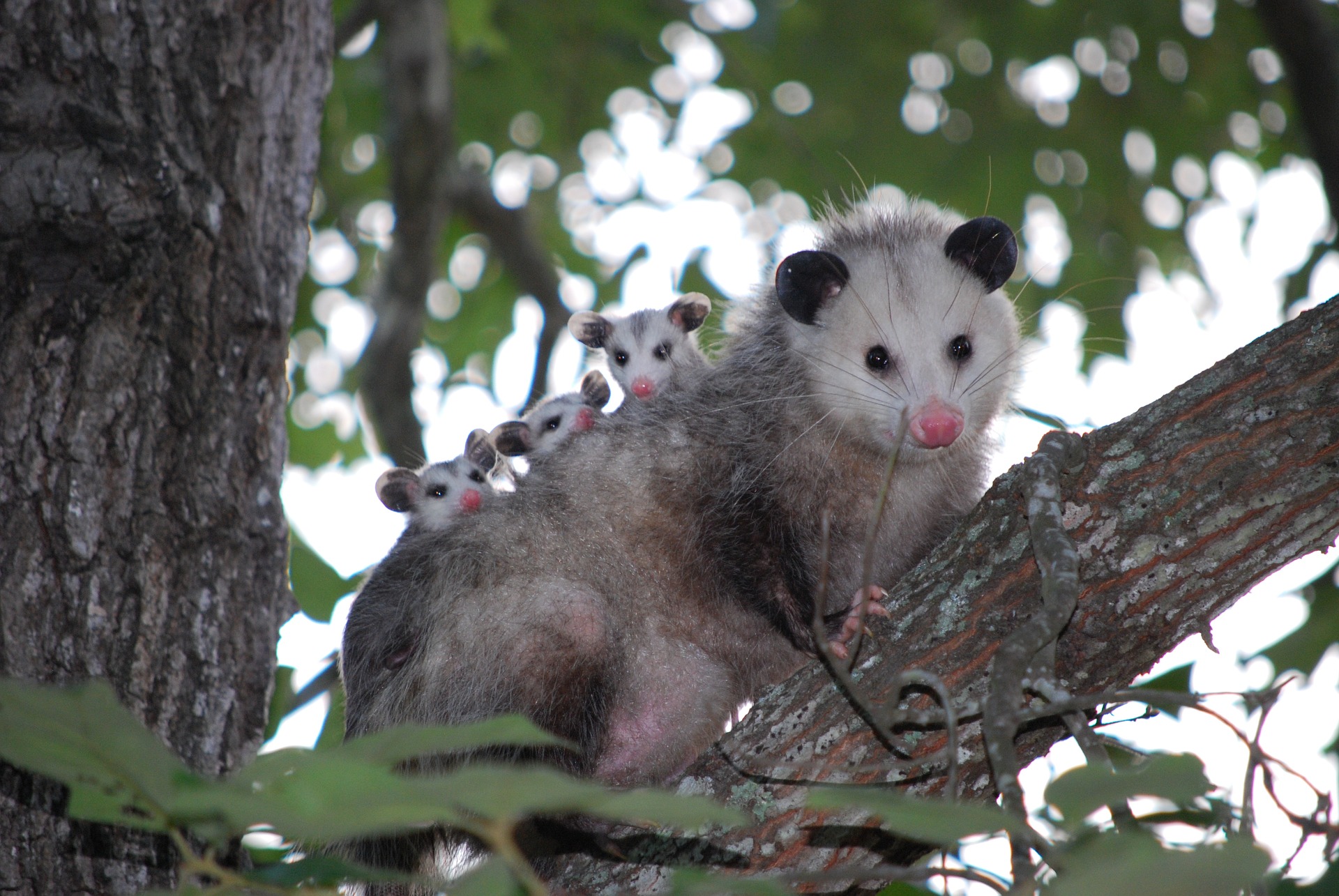Research studies in Toronto on live trapped, radio-collared raccoons that were relocated was published in a paper titled “Relocation of City Raccoons” by Rosatte and MacInnes in 1989. This examination finished up, “Mortality within the first three months of release was at least 50% and may have been as high as 75%” and half of the relocated raccoons who were recovered a little while later were observed to be in poor body condition or underweight. Yearly mortality of local raccoons in a similar example zone was under 20%.
Another paper, “Movement and Mortality of Translocated Urban-Suburban Grey Squirrels,” published in 2004 by Adams, Hadidian and Flyger, centered on live-trapped, radio-collared squirrels that were relocated from a suburb to a large forested area. This study concluded that 97% of the relocated squirrels died and disappeared from the release area within three months.
Relocated animal deaths are not only limited to raccoons and squirrels. A paper was released in 2000 by Fischer and Lindenmayer titled “An Assessment of the Published Results of Animal Relocations,” After reviewing 180 case studies on relocated wildlife which determined, “Translocations that aimed to solve human wildlife conflicts generally failed”.
- Wildlife that has been live-trapped can suffer injuries trying to escape if left for long periods of time and not handled by a professional wildlife control agent
- Forgotten live-traps can leave wildlife exposed to the elements for days and they may suffer an inhumane death from dehydration, starvation, and or exposure. Call a professional licensed trapper at Out Foxed Wildlife Control Services
- Live-trapped animals may be harassed or injured by other wildlife or domestic animals when left for extended periods of time, a professionally trained licensed trapper can help minimize these factors.
- Relocated wildlife left in unfamiliar territories exposes them to territorial challenges from local wildlife and in all likelihood the relocated animal will suffer an inhumane death by starvation and or exposure to the elements
- Relocated wildlife may also spread disease to the local wildlife population in the release area, therefore causing other wildlife to suffer and become ill and/or die.
- Out-Foxed Wildlife Control Services focuses on the immediate removal of wildlife by hand or using special tools as to cause the least amount of stress as possible to said wildlife, only resorting to the use of live cage traps as a last resort when all other options have been exhausted.
- Out Foxed Wildlife Control Services will absolutely not relocate wildlife, unless given special permission, guidance and supervision from The Ministry of Natural Resources and Forestry
- The Ontario Fish & Wildlife Conservation Act, 1997 prohibits relocation of wildlife more than one (1) kilometer from its original capture site by anyone, whether or not the person is a licensed trapper.
O. Reg. 665/98 HUNTING
133. (1) A person who captures but does not kill live wildlife under clause 31 (1) (b) of the Act shall, not later than 24 hours after capture
(a) release the wildlife as soon as possible into the area in close proximity to the capture site unless otherwise directed by the Ministry; or
(b) deliver any wildlife that is sick, injured or immature to a wildlife custodian described in section 44 of the Act. O. Reg. 665/98, s. 133 (1).
(2) A person shall not release wildlife under subsection (1) on private property without the permission of the owner. O. Reg. 665/98, s. 133 (2).
The key words in section 133 (a) of the Act are “unless otherwise directed by the Ministry” in which case the Ministry has directed close proximity to be 1Km as per Ontario.ca which can be found here Click Here.




